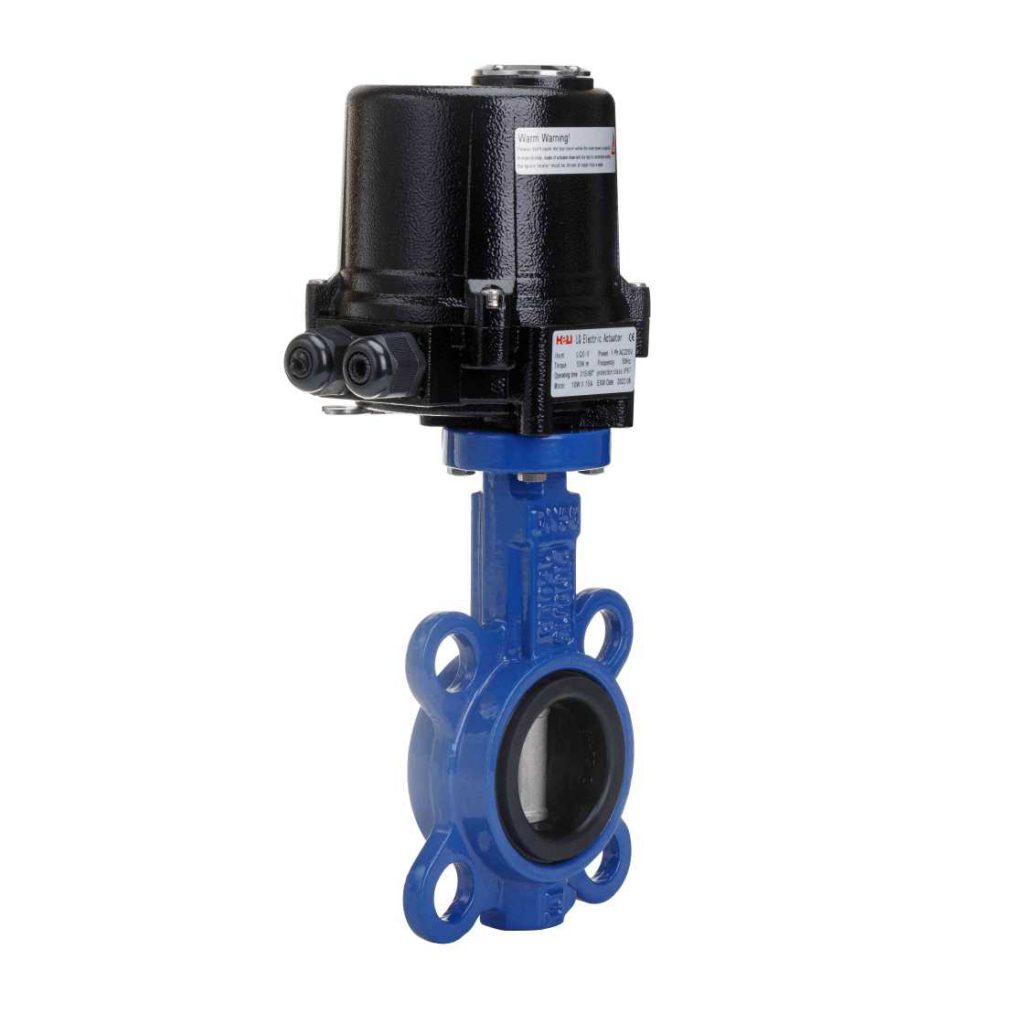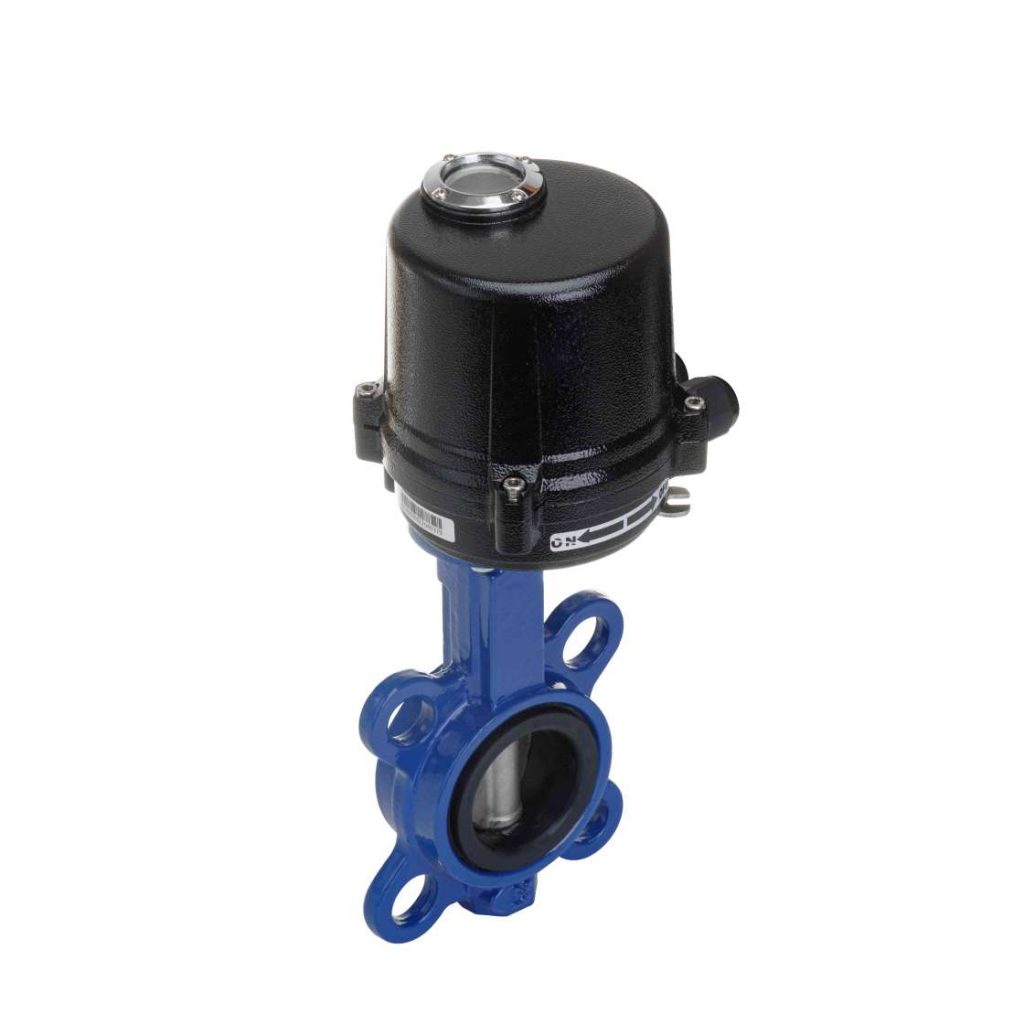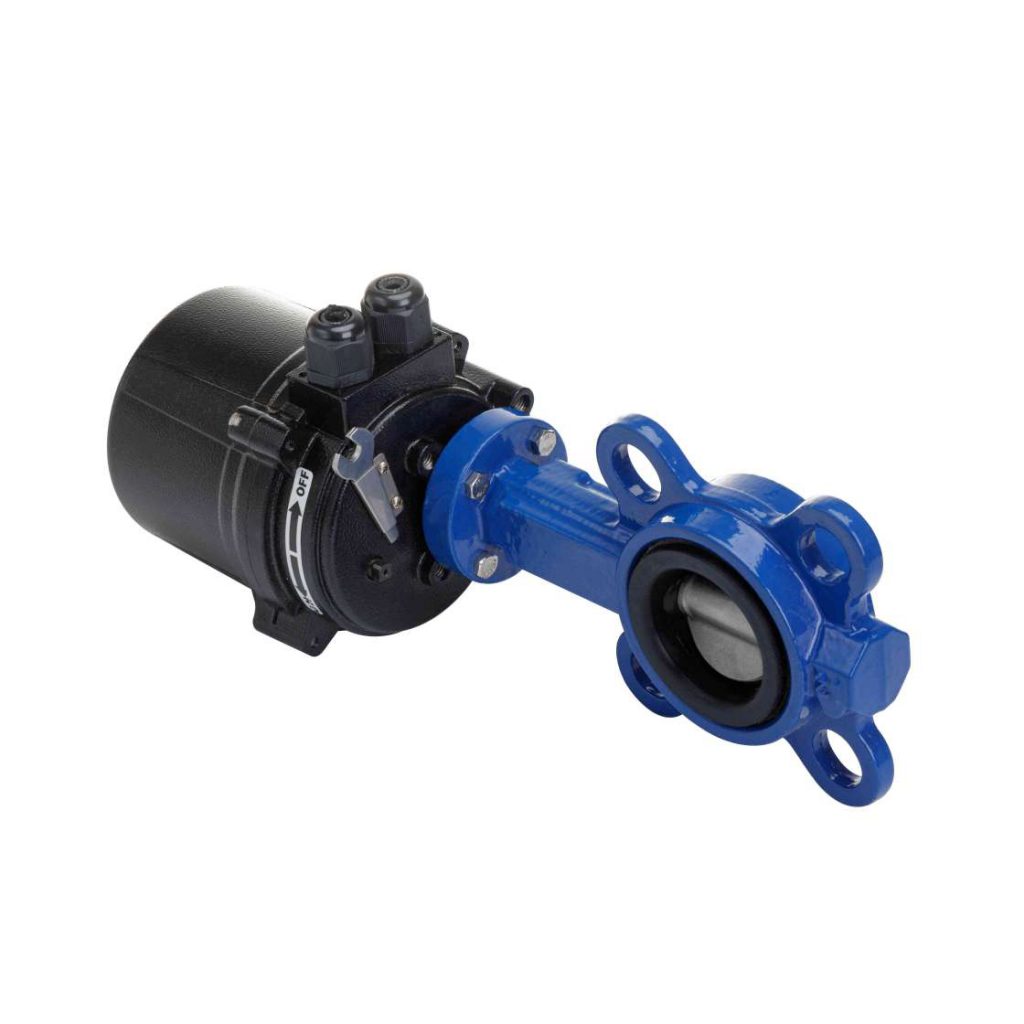The WCB Electric Butterfly Valve is an essential component used across various industries for fluid and gas control. This valve type offers a cost-effective and reliable solution to manage flow rates and is widely preferred for its efficiency and versatility. The WCB Electric Butterfly Valve is designed to provide precise control over a wide range of applications, from HVAC systems to water treatment plants. In this article, we will explore the key features, benefits, and applications of the WCB Electric Butterfly Valve, shedding light on why it is an ideal choice for modern industrial fluid control needs.

What is a WCB Electric Butterfly Valve?

The WCB Electric Butterfly Valve combines a butterfly valve structure with an electric actuator, providing remote control capabilities. Butterfly valves are commonly used in industrial systems to regulate the flow of fluids through pipes. They consist of a circular disc (or “butterfly”) that rotates within the pipeline to control the flow. When paired with an electric actuator, these valves can be automatically operated and controlled remotely, improving efficiency and reducing manual intervention. The “WCB” designation refers to the material used to manufacture the valve body, typically a carbon steel that is highly resistant to corrosion and wear. This makes the valve suitable for demanding environments, ensuring long-term reliability and performance.

Leave a Reply